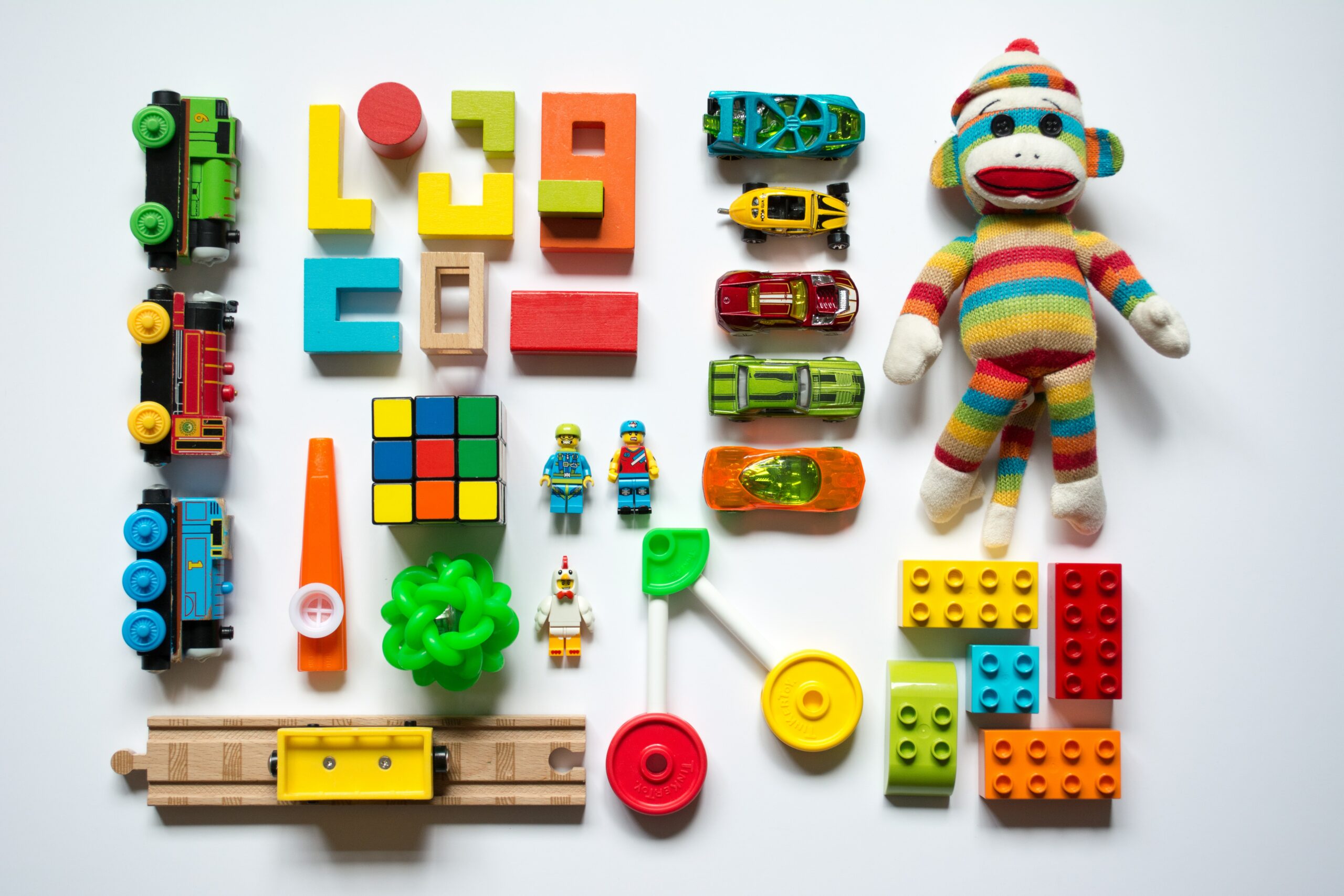Gamification uses game-like elements in non-game contexts, such as education, to motivate and engage learners. This technique can be a powerful tool to promote learning and engagement among students with neurodevelopmental disorders, such as autism.
Autism is a neurodevelopmental disorder characterized by difficulties in social interaction, verbal and nonverbal communication, and the presence of repetitive behaviour.
To support conventional treatment methods, mental health professionals put an effort into exploring the use of digital games and gamified therapeutic interventions. Hence, the learning process acceleration has been influenced by game-based interventions by increasing the willingness to finish the required tasks. These findings have led to a widespread digital games production for autism children as well as gamification application.
Serious games and gamified interventions have become increasingly popular among researchers and therapists dealing with the autistic audience. The number of studies on technology for autism has multiplied, with the aim to foster independence and improve learning outcomes. Various organizations have begun exploring gamification as a way to motivate, engage and increase user experience. Education, training, self-management, and health are several fields of applications that adopt gamification to its function. Due to these reasons, gamification has risen significantly in the past seven years and shows no sign of declining growth. Nowadays, early signs of gamification research institutionalizing as a cross-disciplinary field can be seen in the form of educational programs. Thus, many gamification and autism literature can be found, which aimed to tackle the benefits of gamification application towards children behaviour. Numerous studies indicate a multitude of gamification elements, methods and strategies to support decision-making and improve accessibility in the development of autism-specific software.
Furthermore, targeting multiple behaviours in the gamification design would allow an individual child with autism to learn, practice and improve their difficulties in one or more behaviours targeted in the gamification application. Personalization is better to be integrated into gamification to correspond to a broad range of autism characteristics and context. In the gamification design process, there has to be a room for personalization of therapy goals. Providing a real-world experience that users can relate to would make them more aware of the gamification potential, and thus help to better manage user expectations. This could be done either explicitly by manually personalizing the game content or more implicitly, through automatic adaptation based on player preferences or modelling technique.
Bibliography:
- Gamification Design Framework to Support Autism Children Interaction Skills: A Systematic Review Siti Azreena Mubin1, Matthew Wee Ann Poh2, Rizawati Rohizan3, Aida Zamnah Zainal Abidin4, Wong Chung Wei
- The use of gamification and serious games within interventions for children with autism spectrum disorder. A systematic review. Anna M. Ern, 2014
- Designing Gamified Interventions for Autism Spectrum Disorder: A Systematic Review
- Murilo C. Camargo, Rodolfo M. Barros, Jacques D. Brancher, Vanessa T. O. Barros & Matheus Santana
Photo by Vanessa Bucceri on Unsplash




